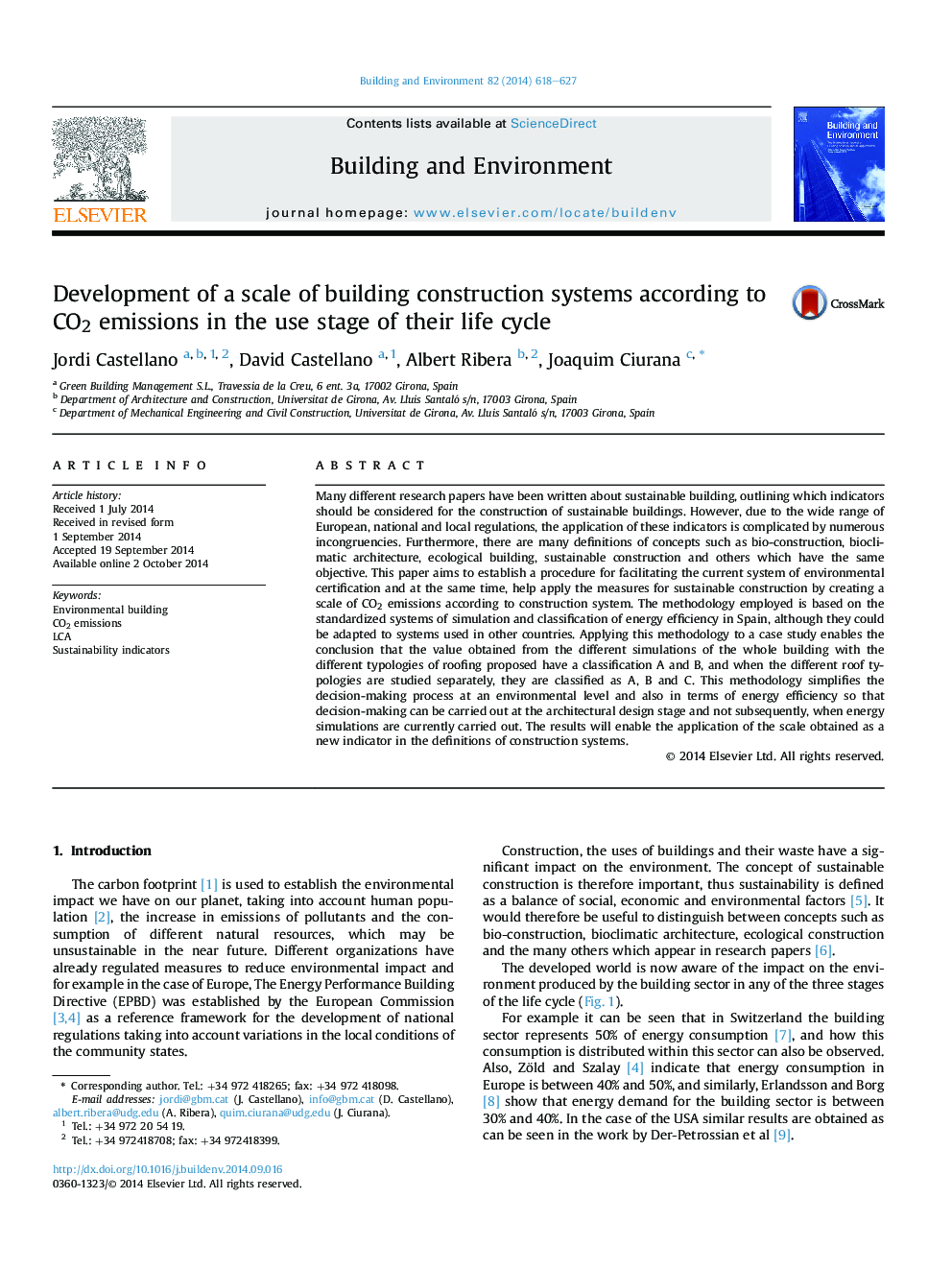| Article ID | Journal | Published Year | Pages | File Type |
|---|---|---|---|---|
| 6700438 | Building and Environment | 2014 | 10 Pages |
Abstract
Many different research papers have been written about sustainable building, outlining which indicators should be considered for the construction of sustainable buildings. However, due to the wide range of European, national and local regulations, the application of these indicators is complicated by numerous incongruencies. Furthermore, there are many definitions of concepts such as bio-construction, bioclimatic architecture, ecological building, sustainable construction and others which have the same objective. This paper aims to establish a procedure for facilitating the current system of environmental certification and at the same time, help apply the measures for sustainable construction by creating a scale of CO2 emissions according to construction system. The methodology employed is based on the standardized systems of simulation and classification of energy efficiency in Spain, although they could be adapted to systems used in other countries. Applying this methodology to a case study enables the conclusion that the value obtained from the different simulations of the whole building with the different typologies of roofing proposed have a classification A and B, and when the different roof typologies are studied separately, they are classified as A, B and C. This methodology simplifies the decision-making process at an environmental level and also in terms of energy efficiency so that decision-making can be carried out at the architectural design stage and not subsequently, when energy simulations are currently carried out. The results will enable the application of the scale obtained as a new indicator in the definitions of construction systems.
Related Topics
Physical Sciences and Engineering
Energy
Renewable Energy, Sustainability and the Environment
Authors
Jordi Castellano, David Castellano, Albert Ribera, Joaquim Ciurana,
